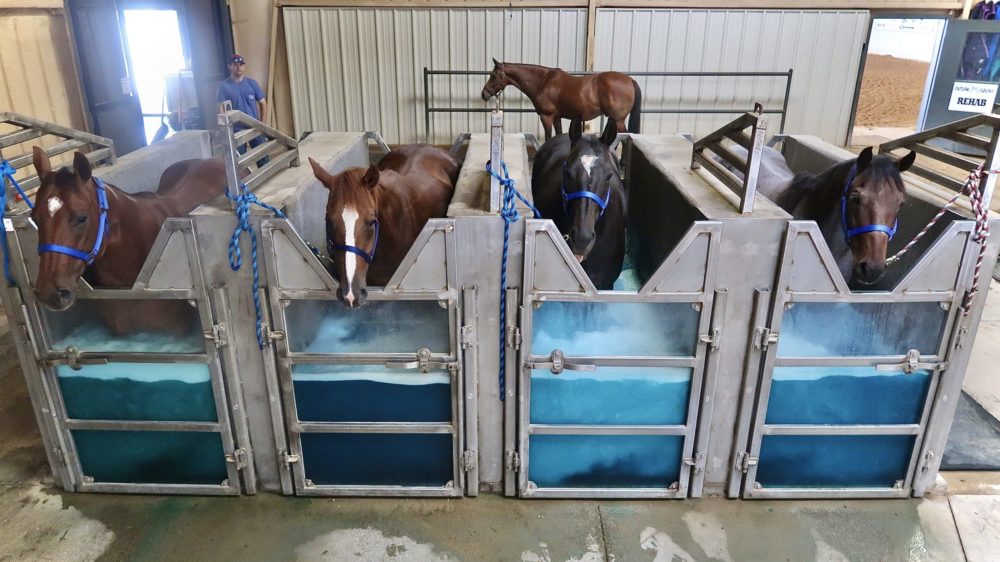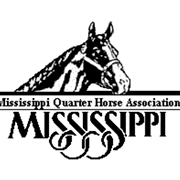In the horse business, keeping horses comfortable and healing after suffering an injury is vital for the animal to return to previous soundness and performance. Of course, every injury is different and should be treated, but the healing process shouldn’t be rushed.
GoHorseshow talked to veterinarian, Dr. Sarah Waxman of Purdue University, and Reilly Splawn, rehab manager from Outlaw Equine Rehab Center about the some of the newest equine rehabilitation options for your horse.
Dr. Sarah Waxman, DVM, Purdue University – Equine Field Service
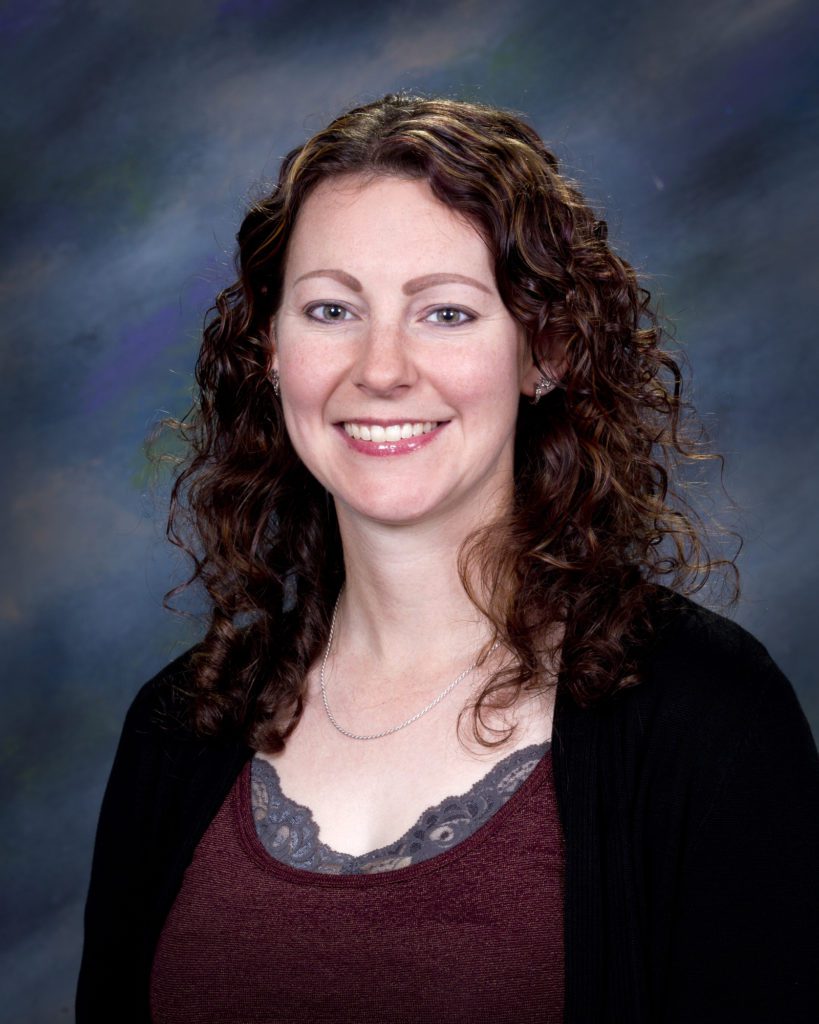 Dr. Sarah Waxman is an equine veterinarian at Purdue University, focusing on wellness, sports medicine, and surgical disease, but discusses the rehab methods that she uses daily. Waxman said that when horses injure themselves, the rehab will depend on the extent of their injury. Therefore, not only will the rehab protocols be determined by the injury itself, but the time frame as well.
Dr. Sarah Waxman is an equine veterinarian at Purdue University, focusing on wellness, sports medicine, and surgical disease, but discusses the rehab methods that she uses daily. Waxman said that when horses injure themselves, the rehab will depend on the extent of their injury. Therefore, not only will the rehab protocols be determined by the injury itself, but the time frame as well.
Waxman states that “rest is non-negotiable.” Many want the injury to heal as fast as possible, but not much can speed up the healing process. Dr. Waxman emphasized that the end goal is not only to relieve pain for the horse themselves but to “help them heal as best as we can to return them to full soundness and previous performance level.”
Healing takes time, but Dr. Waxman stressed the importance of “form follows function.” Some injuries require the horse to remain on stall rest for weeks or months at a time. Although, exercise in a controlled manner is highly recommended depending on the injury.
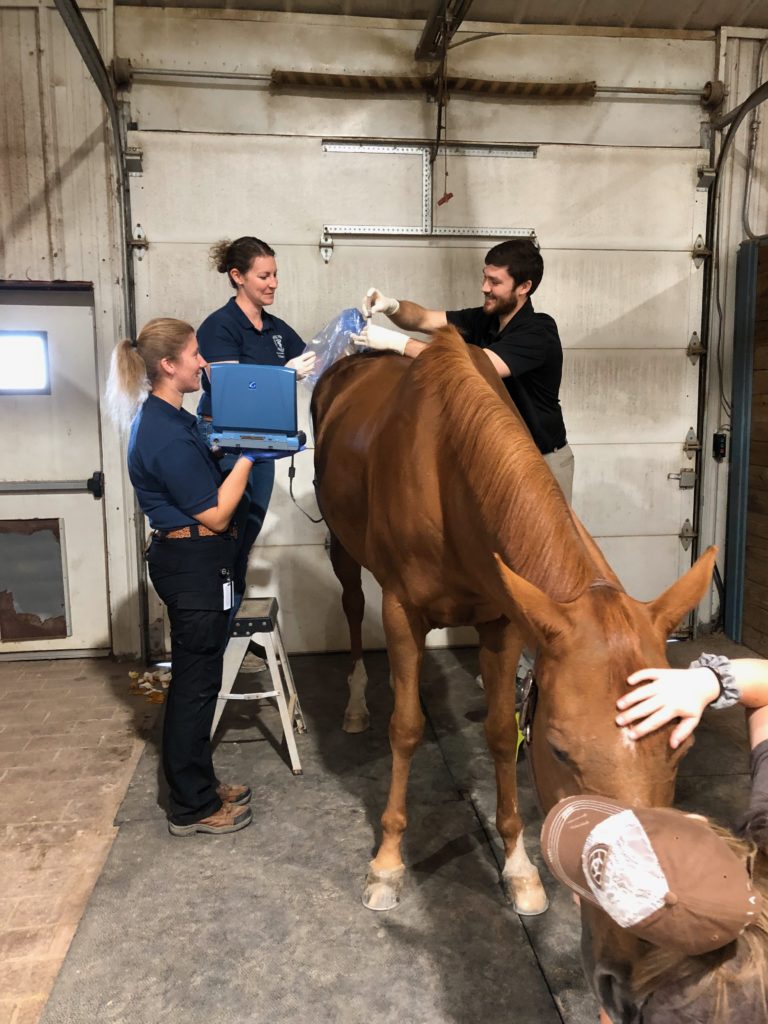 Dr. Waxman noted that you must always keep the horse comfortable, whether it’s anti-inflammatories or rest, but keep in mind, this includes exercise as well. Dr. Waxman provided the scenario that a horse is relaxed and sound walking in a straight line on hard ground, so keep them walking in a straight line on hard ground.
Dr. Waxman noted that you must always keep the horse comfortable, whether it’s anti-inflammatories or rest, but keep in mind, this includes exercise as well. Dr. Waxman provided the scenario that a horse is relaxed and sound walking in a straight line on hard ground, so keep them walking in a straight line on hard ground.
If they’re uncomfortable on deep footing, keep them out. If you decide to turn sharply to the left, making the horse uncomfortable or lame, then make a big circle. Dr. Waxman states that she mainly sticks to the “basics” of appropriate rest and physical therapy in hand-walking or passive range of motion exercises.
Dr. Waxman highlighted other treatment modalities that she has used, along with her “basics.” Several of these other treatments include Focus Shockwave, acupuncture, and chiropractor, to name a few.
The Focus Shockwave unit creates pressure waves that can be used on the injured area to stimulate better healing. Although this can’t speed up the healing process faster, the process allows for recruiting of healing cells.
Dr. Waxman has used an acupuncturist in conjunction with what she already does to help the whole animal. This allows the horse to move their body better, build muscle, and do the rehab to help them as best as they can.
Reilly Splawn, Outlaw Equine Rehab Center
 Reilly Splawn is the rehab manager from Outlaw Equine Rehab Center, located in Decatur, Texas. Splawn provided input on several rehab modalities they use within their rehab program. At Outlaw Equine, they offer a wide range of services within their rehabilitation facilities.
Reilly Splawn is the rehab manager from Outlaw Equine Rehab Center, located in Decatur, Texas. Splawn provided input on several rehab modalities they use within their rehab program. At Outlaw Equine, they offer a wide range of services within their rehabilitation facilities.
A large number of the horses they see within the rehab department are there to improve condition and train for optimum performance. Other horses may be there for a specific injury, where they use more of their regenerative therapies to help in the healing process.
Splawn highlighted the importance of the Aquaciser within their strength and conditioning program, as well as helping different rehab injuries without bearing full weight. Instead, the level of intensity is determined by the horses’ body condition and physical soundness.
Also, Reilly states that “our equine water walker allows us to gain good body condition to horses that are recovering from soft tissue injuries while allowing the horse to gain full range of motion and flexibility back to previously comprised tendons and ligaments.”
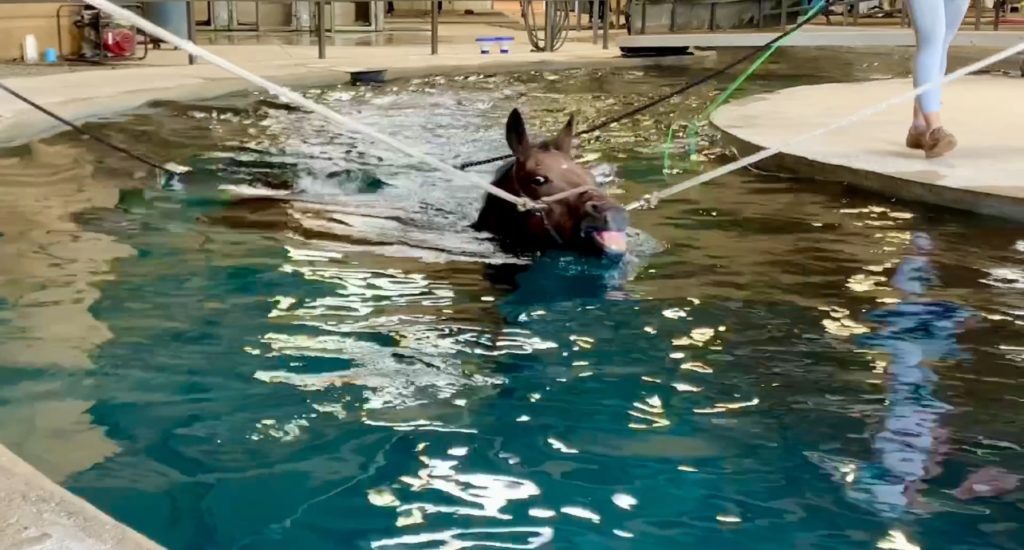 Next, Splawn emphasized the countless benefits that their cold, saltwater chambers include, such as abscesses, cellulitis, soft tissue injuries, laminitis, arthritis, along with many others. The cold, saltwater chambers are maintained at a temperature of 34 degrees Fahrenheit. They are mixed with Epsom salts, pool salts, and dead sea salts to help treat various injuries. In addition, the chambers are designed for safety and comfort for the horse.
Next, Splawn emphasized the countless benefits that their cold, saltwater chambers include, such as abscesses, cellulitis, soft tissue injuries, laminitis, arthritis, along with many others. The cold, saltwater chambers are maintained at a temperature of 34 degrees Fahrenheit. They are mixed with Epsom salts, pool salts, and dead sea salts to help treat various injuries. In addition, the chambers are designed for safety and comfort for the horse.
EQultrasound, a low frequency/longwave equine ultrasound therapy, produces the following three effects – diathermy/deep heat (thermal effects), intense acoustic effects (non-thermal effects), and mechanical vibration (non-thermal effects).
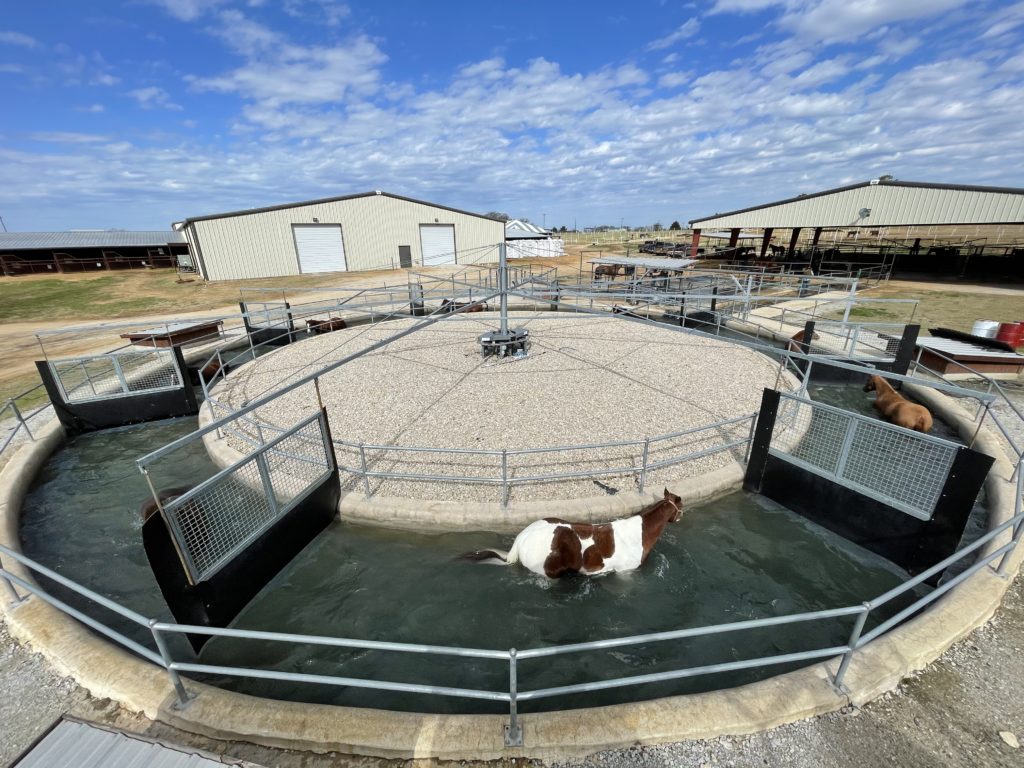 Diathermy/deep heat is only generated by EQultrasound Red Hand Probes, which allows a profound thermal effect with a minimal increase of skin surface temperature. Also, this can allow for pain relief and faster recovery time for the treated areas. Like the effects obtained with Shockwave, specific hand probes with the EQultrasound generates mechanical non-thermal effects.
Diathermy/deep heat is only generated by EQultrasound Red Hand Probes, which allows a profound thermal effect with a minimal increase of skin surface temperature. Also, this can allow for pain relief and faster recovery time for the treated areas. Like the effects obtained with Shockwave, specific hand probes with the EQultrasound generates mechanical non-thermal effects.
Splawn explains how it is “fairly common for our vets to treat with our Shockwave once per week and the EQultrasound once or twice in between shockwave treatments.”
Additionally, this therapy is very beneficial when speaking about generating healing and good blood flow to many different injuries. In many cases, the EQultrasound has allowed a faster recovery time.
Concluding Thoughts
There are many different rehab therapies, but discussing these options with your veterinarian is critical to keep your horse comfortable and with hopes to return to previous soundness and performance level without the healing process being rushed.
Every horse is different, along with every injury, so the injury should be treated as such. Patience is vital, too, as a rush in the healing process may lead to the possibility of the horse not returning to its previous self.


